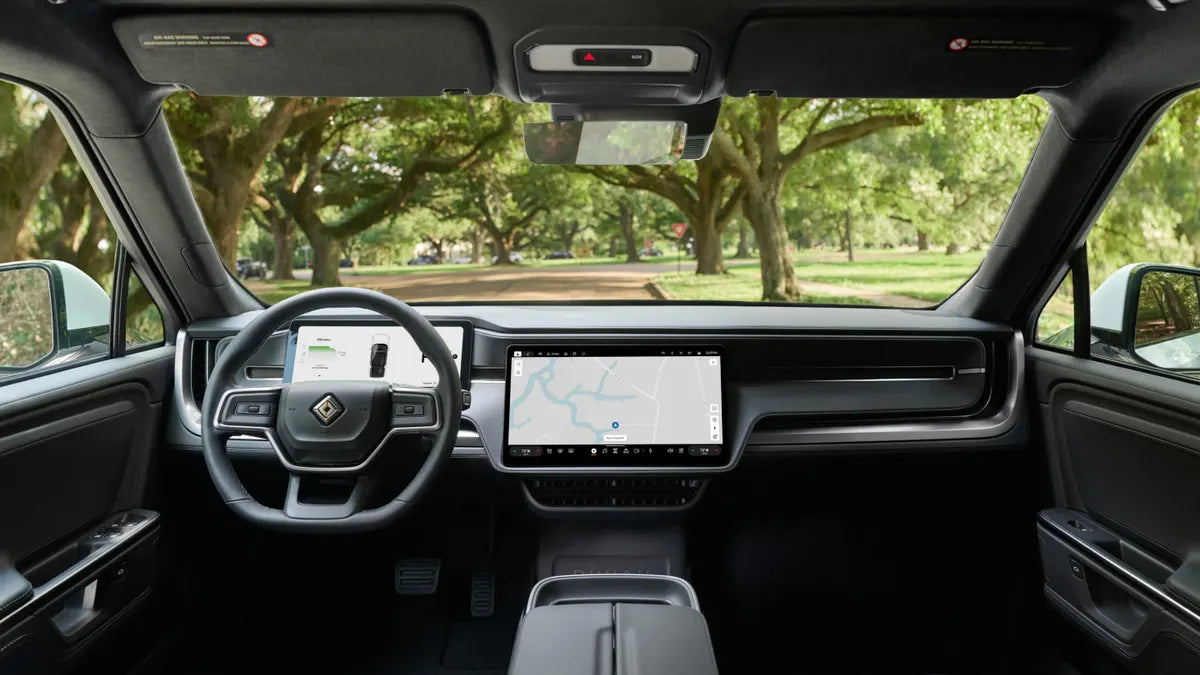As electric vehicle (EV) adoption grows, more homeowners are turning to NEMA 14-50 outlets for Level 2 charging at home. This outlet—originally designed for electric stoves and RV parks—is now a go-to choice for many EV drivers seeking faster charging than a standard 120V plug can offer. However, the rise of low-cost, poorly manufactured NEMA 14-50 outlets presents a serious safety threat. Inexpensive models often lack the durability and heat resistance necessary for continuous high-amperage EV charging, leading to overheating, melted receptacles, and even fires.
This article explores why cheap NEMA 14-50 outlets are unsafe for EV use, how to identify quality components, and what specifications matter most when installing a reliable charging solution at home.
The Dangers of Cheap NEMA 14-50 Outlets
Many homeowners are tempted by the availability of NEMA 14-50 outlets on online marketplaces for as low as $10–$15. These products may advertise compatibility with EV charging, but their internal construction often tells a different story. Here’s what makes these outlets hazardous:
1. Inferior Metal Contacts
Low-cost outlets use thinner, softer metals—like plated steel or low-grade copper alloys—for the internal contacts. These metals have higher electrical resistance, which translates into more heat buildup when charging an EV at 40 amps for hours. Over time, heat cycles weaken these connections, leading to arcing and burning.
2. Poor Heat Dissipation Design
Cheap 14-50 receptacles often have no design elements to dissipate heat effectively. They lack features like brass terminals, deep contact blades, or reinforced housing materials that can withstand 75°C+ temperatures during heavy load usage.
3. Loose Connections Over Time
Under the stress of repeated heating and cooling, the internal contacts of inferior outlets loosen, resulting in poor plug grip. A loose plug draws higher amperage, creating a feedback loop of heat and degradation.
4. Non-Compliance with UL Standards
UL listing (Underwriters Laboratories) is a baseline safety benchmark in North America. Many cheap outlets are either non-UL listed or falsely claim certification. Without proper testing, there’s no assurance that the product can handle the continuous duty cycle of EV charging.
Recommended reading: NEMA 5-15, NEMA 6-20, and NEMA 14-50 Outlets for Efficient EV Charging
Real-World Fire Risks
Multiple cases have been reported where cheap NEMA 14-50 outlets failed after months of use. A common failure mode involves:
-
Melted outlet faces
-
Scorch marks around plug blades
-
Circuit breakers that fail to trip during overheating
-
Fire damage to walls or garage interiors
One Tesla owner in Arizona reported that after six months of daily charging using a $12 outlet from an unknown brand, their outlet melted entirely, with visible arc burns around the terminals. The only saving grace was that the charger’s thermal protection shut it down before a full fire erupted.
In State Of Charge Recharge Rescue episode, he travel to Hillsboro, Oregon, to investigate and replace the NEMA 14-50 outlet that caused a small fire in Braydon's garage. Luckily, the outlet owner has a SimpliSafe system that alerted him to the problem before it could turn deadly.
How to Choose a Safe NEMA 14-50 Outlet for EV Charging
To ensure long-term safety and reliable charging, you need to choose a NEMA 14-50 outlet designed specifically for high-duty applications such as EV charging. Here's what to look for:
1. UL or ETL Certification
Always select outlets that are UL-listed or ETL-certified. These certifications indicate that the product has been tested for sustained use under load, temperature, and mechanical stress.
2. Heavy-Duty Brass Contacts
Look for outlets with solid brass or heavy-duty copper contacts. These metals provide superior conductivity and heat tolerance.
3. Flush-Mount vs. Surface-Mount Design
Flush-mount outlets inside a properly sized electrical box are more heat-efficient and less prone to external damage. Surface-mount options can work if properly ventilated and rated for high-current use.
4. Brand Reputation
Stick with known manufacturers such as Hubbell, Leviton, or Bryant. These companies have decades of experience producing industrial-grade electrical components.
5. Heat Rating and Amp Rating
The outlet should be rated for at least 50 amps at 125/250V and be designed for continuous load. Look for heat ratings of 75°C or higher.
6. Plug Fit and Retention Force
A properly engineered NEMA 14-50 outlet will have firm plug retention. Loose connections are a red flag and a fire risk.

Professional Installation Matters
Even a premium outlet can become a hazard if not installed correctly. Always:
-
Use copper wiring of at least 6 AWG
-
Install a dedicated 50-amp breaker
-
Avoid aluminum wiring unless specifically rated and installed by a licensed electrician
-
Ensure proper torque settings on terminals to avoid loosening
-
Install in an environment protected from water and excess heat
Should You Use a NEMA 14-50 Outlet or a Hardwired EVSE?
While NEMA 14-50 outlets offer flexibility (you can unplug and replace the charger), hardwired EVSEs are often safer for long-term, high-frequency charging. A hardwired unit eliminates the outlet entirely and has fewer points of failure. Many EVSE brands like Wallbox, ChargePoint, and Tesla offer both plug-in and hardwired versions—hardwiring is worth considering for dedicated home charging.

Summary Chart: Comparing NEMA 14-50 Outlet Options
| Feature | Cheap Outlet ($10–$20) | Premium Outlet ($35–$60) |
|---|---|---|
| UL/ETL Certification | Often missing | Verified |
| Contact Material | Thin steel alloy | Solid brass/copper |
| Plug Retention | Loose over time | Secure fit |
| Heat Dissipation | Poor | Designed for high-temp |
| Warranty | None or minimal | 1–5 years |
| Suitable for EV Charging | No | Yes |
Conclusion
Inexpensive NEMA 14-50 outlets may look like a bargain, but they can cost you far more in damage, downtime, and safety risk. As EVs draw heavy current over long charging sessions, investing in a certified, high-quality outlet and professional installation is not optional—it’s essential. Avoiding a $30 savings today could prevent a costly and dangerous fire tomorrow.









Share:
What Is V2L (Vehicle-to-Load)?
NEMA 14-50 Outlet vs Hardwired EV Charger: Which Is the Better Choice?